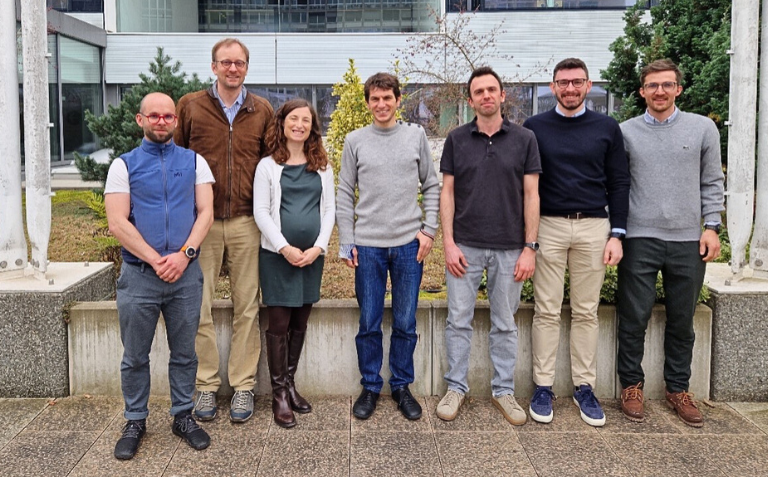
LaxiPed Secures Innosuisse Grant to Revolutionise Foot Orthopaedics with Precision Diagnostics
Share this article
LaxiPed, a Geneva-based life sciences project, has received an Innosuisse grant of CHF 679,000 to support the clinical validation of its innovative diagnostic device for foot orthopaedics. This key milestone will allow the team to take the next step toward improving diagnosis, surgical planning, and patient outcomes for conditions such as hallux valgus (bunion)—a highly prevalent but often poorly managed foot disorder.
Addressing a Widespread and Underserved Condition
Hallux valgus, commonly known as a bunion, is a complex deformity of the forefoot that affects up to 25% of adults and nearly one in three elderly individuals, with women representing around 80% of cases. The condition is characterised by misalignment of the first metatarsal and the big toe, leading to significant pain, gait disturbance, and an increased risk of falls.
Despite the existence of surgical treatments, around 30% of patients report dissatisfaction due to persistent pain, functional limitations, or complications post-surgery. This high rate of unsatisfactory outcomes is linked to the limitations of current diagnostic approaches, which rely predominantly on manual clinical examination and the subjective judgment of the surgeon.
A Data-Driven Approach to Orthopaedic Diagnostics
To address these challenges, LaxiPed is pioneering a novel diagnostic technology that introduces objectivity, reproducibility, and precision to the pre-operative assessment of foot instability.
Developed as a spin-off project from the University of Geneva (UNIGE) and HEPIA, in collaboration with the ASSAL Centre in Geneva and the HEIG-VD laboratory led by Professor Sylvain Hugon, the LaxiPed device automates the evaluation of the tarsometatarsal joint complex, a key contributor to foot stability and the success of hallux valgus surgery.
LaxiPed simulates a loaded foot condition, replicating the forces applied during standing and walking. Using a standardised mechanical protocol, the device applies controlled forces to the foot while capturing quantitative biomechanical data on joint deformation, stiffness, and instability. This data is then processed into a set of objective indicators that help the orthopaedic surgeon assess the patient’s foot mechanics in a reliable and reproducible manner.
Overcoming the Limits of Manual Examination
Currently, the assessment of midfoot instability is performed manually through clinical palpation—a process that varies widely depending on the surgeon’s experience and interpretation. This lack of standardisation contributes to variable surgical choices and a high rate of complications, such as the need for revision surgery or the development of chronic pain.
LaxiPed addresses these shortcomings by:
- Standardising foot instability assessment, eliminating human error and inter-operator variability.
- Enabling quantitative measurements, providing surgeons with clear biomechanical parameters to support surgical decision-making.
- Improving patient engagement and understanding, as objective data can be shared and explained to patients.
- Facilitating research and education, by generating high-quality datasets to advance the understanding of foot biomechanics and surgical outcomes.
Clinical Validation and Next Steps
The Innosuisse grant, awarded for the period 2024–2025, will enable LaxiPed to conduct comprehensive clinical validation in collaboration with key partners, including the ASSAL Centre. This phase will focus on refining the device’s clinical usability, validating its performance against gold standard measures, and demonstrating its impact on surgical planning and patient outcomes.
In parallel, a start-up company is being created by Quentin Praz and Spyridon Schoinas, who will lead the next steps toward industrialisation, regulatory approval, and commercialisation of the device. The company will also aim to expand the device’s applications to other foot disorders and broader orthopaedic indications.
📸 Stéphane Armand from Université de Genève, Florent Moissenet from HUG – Hôpitaux Universitaires de Genève, Martina Coscia and Jeremy Olivier from Haute école du paysage, d’ingénierie et d’architecture de Genève – HEPIA, Mathieu Assal and his team from Centre Assal de Médecine et de Chirurgie du Pied, Sypridon Schoinas and Quentin Praz.